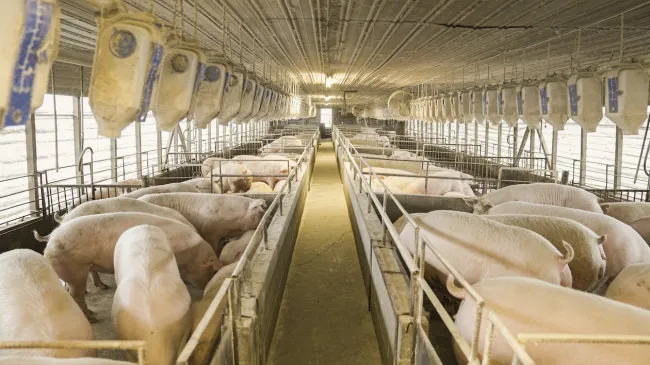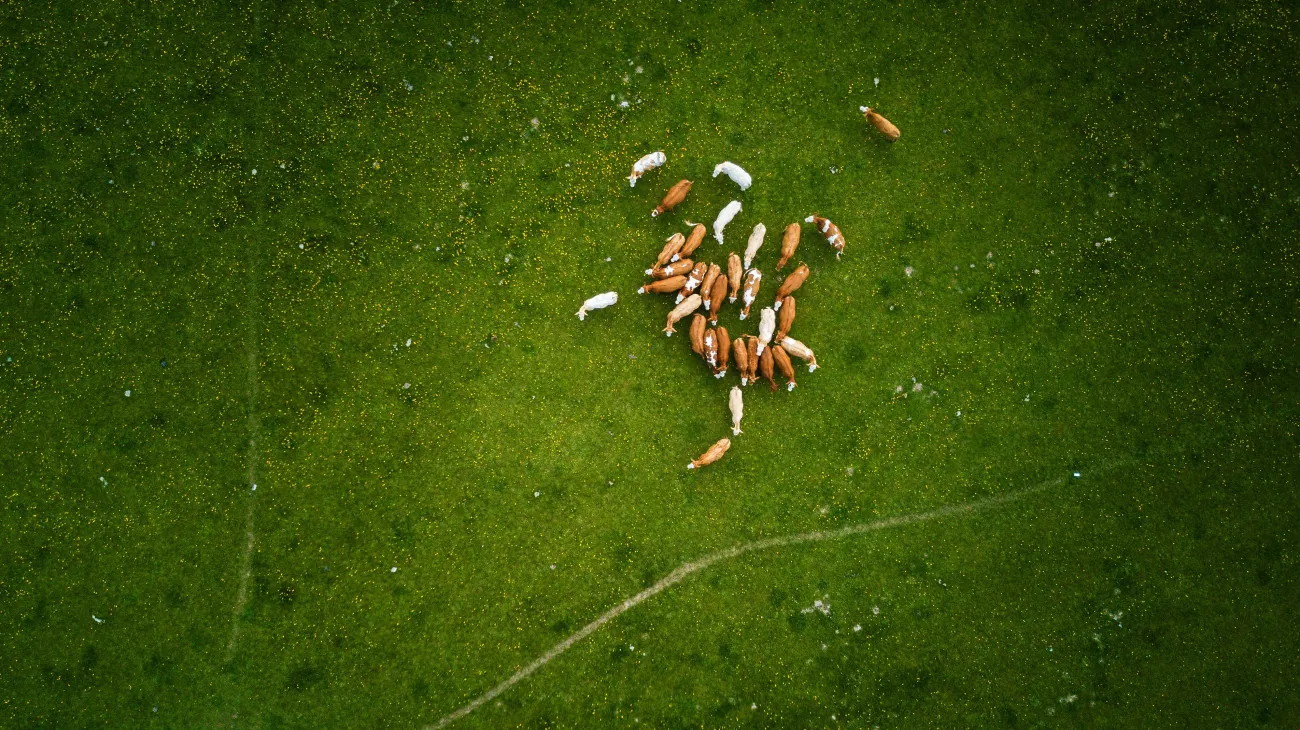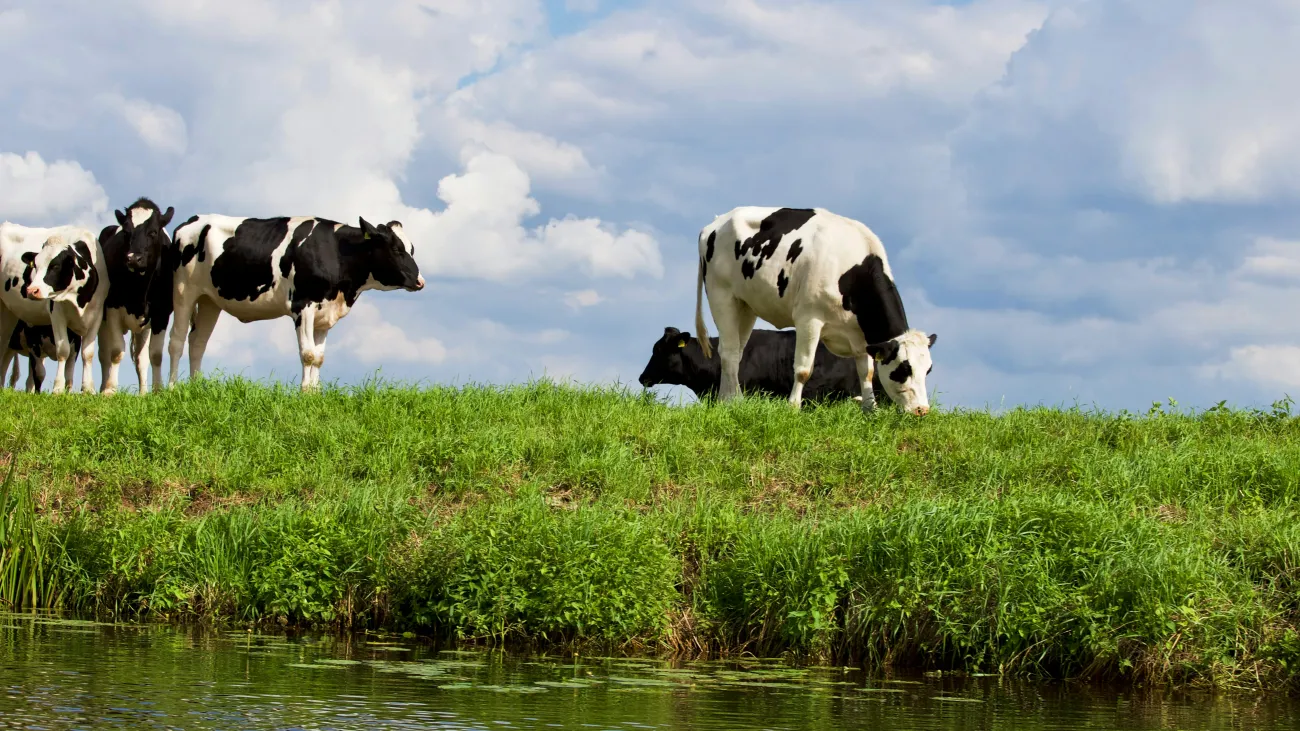Increasing demand for animal-sourced foods is creating a “trap” where both options for meeting that demand - intensive versus extensive farming methods - each bring their own risks for the emergence and spread of infectious zoonotic diseases, according to this paper. The author sets out recommendations for managing zoonotic disease risks from livestock.

According to the paper, one driver of zoonotic disease emergence is ongoing deforestation for both cattle pasture and feed crop production (e.g. soy), which drives biodiversity loss and exposes human communities to wildlife carrying microbes.
The sustainable intensification of livestock production is often recommended by some experts to reduce the land use and greenhouse gas emissions of livestock production, especially in low and middle income countries. However, argues this paper, the confinement of animals and their wastes in intensive livestock production systems produces other zoonotic disease risks, including transmission of diseases from animal to animal because they are kept in close proximity; the physiological and mental stress (and hence sub-optimal health) that the animals are exposed to; and the routine use of antibiotics to promote growth and prevent infection, leading to the emergence of antibiotic-resistant bacteria.
The paper makes three key recommendations to reduce the zoonotic disease risks related to animal agriculture - illustrated below. These are:
- Shifting to plant-rich diets, which could theoretically reverse current deforestation trends, provide carbon sequestration equivalent to a decade of current emissions, and restore some biodiversity. Dietary change interventions could include a spectrum of methods from “nudges” such as altering the layout of menus, to more stringent regulations such as taxes.
- Using a semi-intensive model of livestock production that does not go as far as becoming fully enclosed or “landless”, but which offers higher productivity than the least productive extensive systems. However, semi-intensive methods are not generally available for monogastric livestock.
- Direct forest conservation to ensure that intensification does not lead to further deforestation because of lower production costs - for example, multilateral commitments between countries that import and export tropical commodities.
Image: Figure 2, Hayek. A three-pillar approach for preventing zoonotic disease emergence and reducing environmental impacts from animal agriculture - centre. Within individual circles and the intersections between the two, limitations of adopting only one or two strategies are described.
Abstract
Infectious diseases originating from animals (zoonotic diseases) have emerged following deforestation from agriculture. Agriculture can reduce its land use through intensification, i.e., improving resource use efficiency. However, intensive management often confines animals and their wastes, which also fosters disease emergence. Therefore, rising demand for animal-sourced foods creates a “trap” of zoonotic disease risks: extensive land use on one hand or intensive animal management on the other. Not all intensification poses disease risks; some methods avoid confinement and improve animal health. However, these “win-win” improvements alone cannot satisfy rising meat demand, particularly for chicken and pork. Intensive poultry and pig production entails greater antibiotic use, confinement, and animal populations than beef production. Shifting from beef to chicken consumption mitigates climate emissions, but this common strategy neglects zoonotic disease risks. Preventing zoonotic diseases requires international coordination to reduce the high demand for animal-sourced foods, improve forest conservation governance, and selectively intensify the lowest-producing ruminant animal systems without confinement.
Reference
Hayek, M.N., 2022. The infectious disease trap of animal agriculture. Science Advances, 8(44), p.eadd6681.
Read the full paper here. See also the paper Which livestock models have lower zoonotic disease risks? and the TABLE explainer What is the connection between infectious diseases in humans and livestock?




Comments (0)